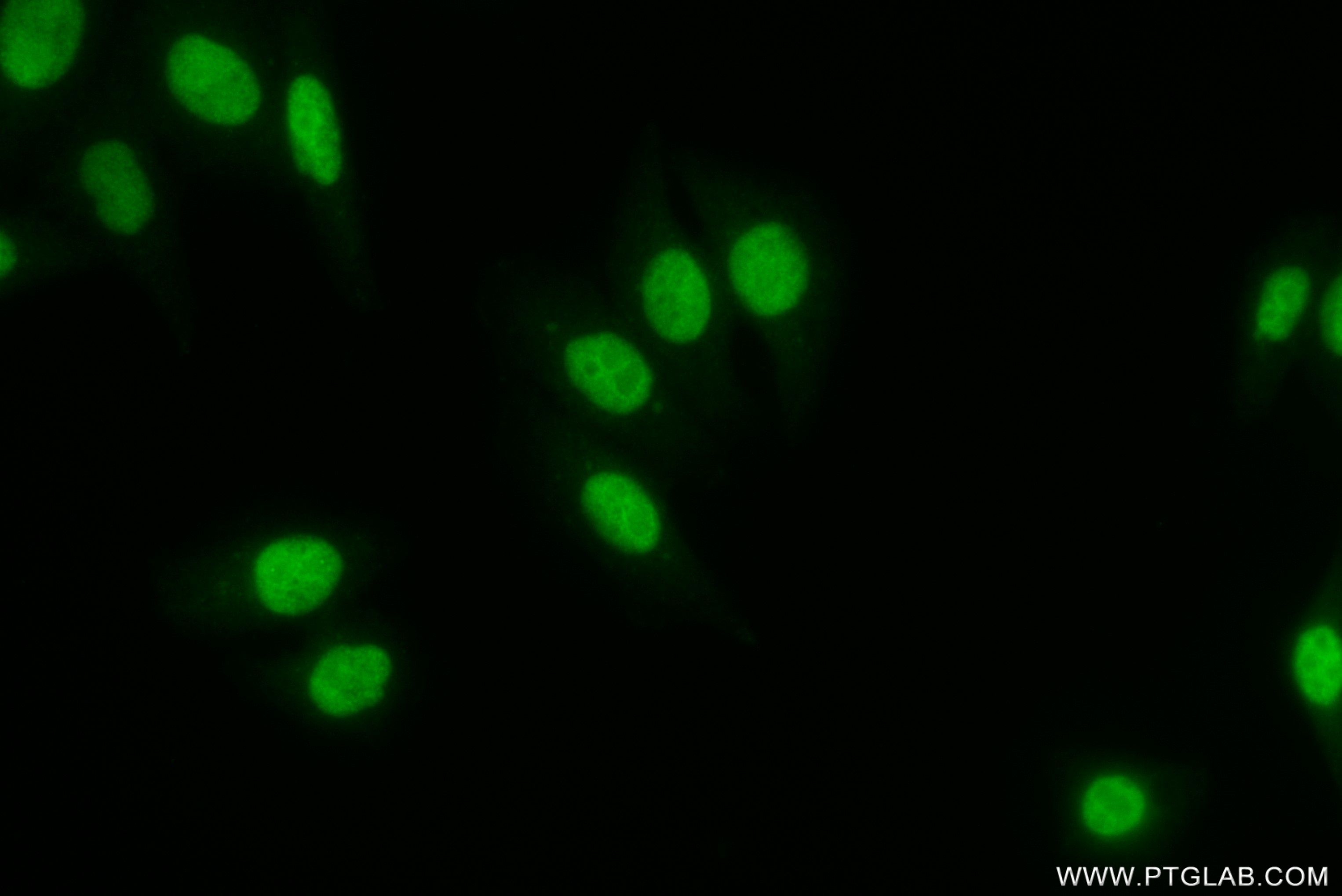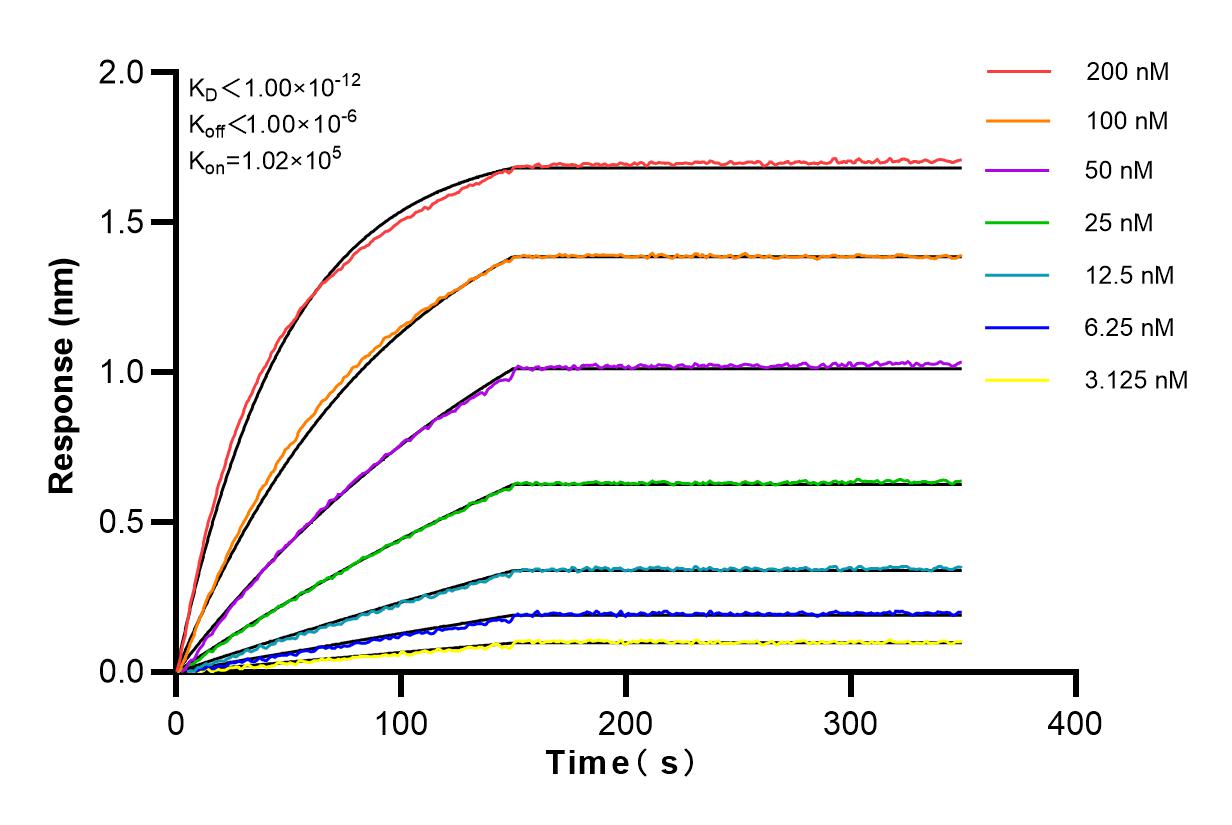验证数据展示
产品信息
82937-1-PBS targets TIP60/KAT5 in IF/ICC, FC (Intra), Indirect ELISA applications and shows reactivity with human samples.
| 经测试应用 | IF/ICC, FC (Intra), Indirect ELISA Application Description |
| 经测试反应性 | human |
| 免疫原 | TIP60/KAT5 fusion protein Ag1261 种属同源性预测 |
| 宿主/亚型 | Rabbit / IgG |
| 抗体类别 | Recombinant |
| 产品类型 | Antibody |
| 全称 | K(lysine) acetyltransferase 5 |
| 别名 | KAT5, EC:2.3.1.48, EC:2.3.1.-, cPLA2, cPLA(2)-interacting protein |
| 计算分子量 | 60 kDa |
| GenBank蛋白编号 | BC000166 |
| 基因名称 | KAT5 |
| Gene ID (NCBI) | 10524 |
| 偶联类型 | Unconjugated |
| 形式 | Liquid |
| 纯化方式 | Protein A purification |
| UNIPROT ID | Q92993 |
| 储存缓冲液 | PBS only , pH 7.3 |
| 储存条件 | Store at -80°C. The product is shipped with ice packs. Upon receipt, store it immediately at -80°C |
背景介绍
KAT5, also named as The histone acetyltransferase (HAT) Tat interactive protein 60 kD belongs to the MYST protein family that contains atypical zinc finger and histone acetyltransferase domains. Also, KAT5 contains a chromodomain. KAT5 is a catalytic subunit of the NuA4 histone acetyltransferase complex. The NuA4 HAT complex plays a role in transcriptional activation of select genes mainly by acetylation of nucleosomal histone H4 and H2A, which influence nucleosome-DNA interaction and promotes interaction of the modified histones with other proteins that could regulate transcription positively. This complex also involves in the activation of transcriptional programs associated with oncogene and proto-oncogene mediated growth induction, tumor suppressor mediated growth arrest and replicative senescence, DNA repair and apoptosis.


